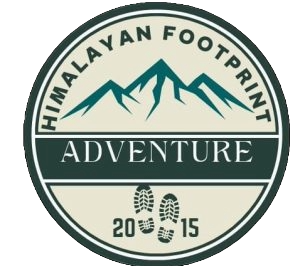The Manaslu Circuit Or Larke Pass (5160m.) Manasalu Trek is a renowned trekking route in Nepal that takes you around the majestic Manasalu, the eighth highest mountain in the world. This trek offers a unique combination of rich cultural heritage, stunning Himalayan landscapes, diversity in Flora and Fauna, introduced as untouched land and a less-crowded trail compared to some of the more popular trekking routes in the region.
Location
The Manaslu Circuit is located in the Gorkha district of central Nepal.
The trek circumnavigates the Manaslu Massif, which stands at 8,163 meters (26,781 feet).
Permit Requirements:
A special permit, MCAP, ACAP and TIMS is required to trek in the Manaslu region due to its restricted area status.
Trekkers are also required to be accompanied by a licensed guide.
Duration
The typical duration for the Manaslu Circuit Trek is around 14 to 17 days, depending on the specific itinerary and side trips.
Highlights
Scenic Beauty: The trek offers breathtaking views of the Manaslu range, including Manaslu, Himalchuli, Ganesh Himal, and other peaks.
Cultural Diversity: The trail takes you through diverse landscapes and various ethnic villages, providing an opportunity to experience local cultures, traditions, and lifestyles.
Budhi Gandaki River: The trek follows the Budhi Gandaki River through lush forests, terraced fields, and charming villages.
Larkya La Pass: The trek culminates in crossing the challenging Larkya La Pass (5,160 meters or 16,924 feet), providing spectacular panoramic views.
Itinerary:
The trek usually starts from Sotikhola or Machhakhola or from Dharapani following a clockwise or anti-clockwise circuit around the Manaslu Massif.
Key stops include Jagat, Deng, Namrung, Samagaon, Samdo, Dharamsala (Larkya Phedi), and Bimthang.
Accommodation:
Teahouses and basic lodges are available along the trail, providing accommodation and meals for trekkers.
Accommodations are more basic compared to popular trekking areas like the Everest or Annapurna regions.
Best Time to Trek:
The best time for the Manaslu Circuit Trek is during the spring (March to May) and autumn (September to November) seasons when the weather is relatively stable, and visibility is good.
Challenges:
- The trek involves high-altitude trekking, and trekkers should be prepared for the challenges associated with altitude sickness.
- Crossing the Larkya La Pass can be physically demanding and requires good trekking skills.
- The Manaslu Circuit Trek is an excellent choice for trekkers seeking a less crowded alternative to the more popular trails in Nepal, offering a perfect blend of natural beauty and cultural richness. However, it’s essential to be well-prepared and adhere to the necessary permits and regulations.
Glimpses of picture from Manasalu Circuit
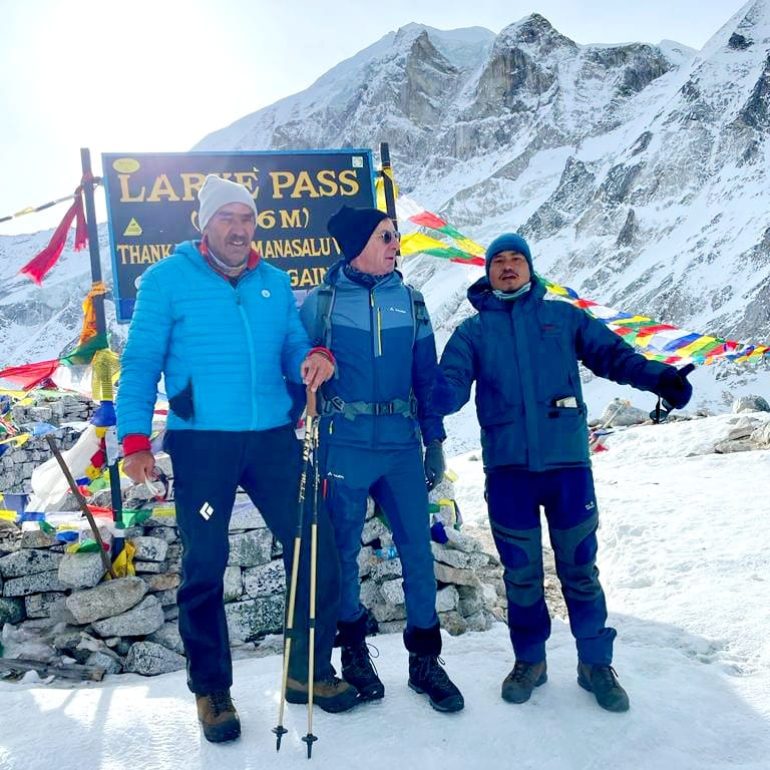
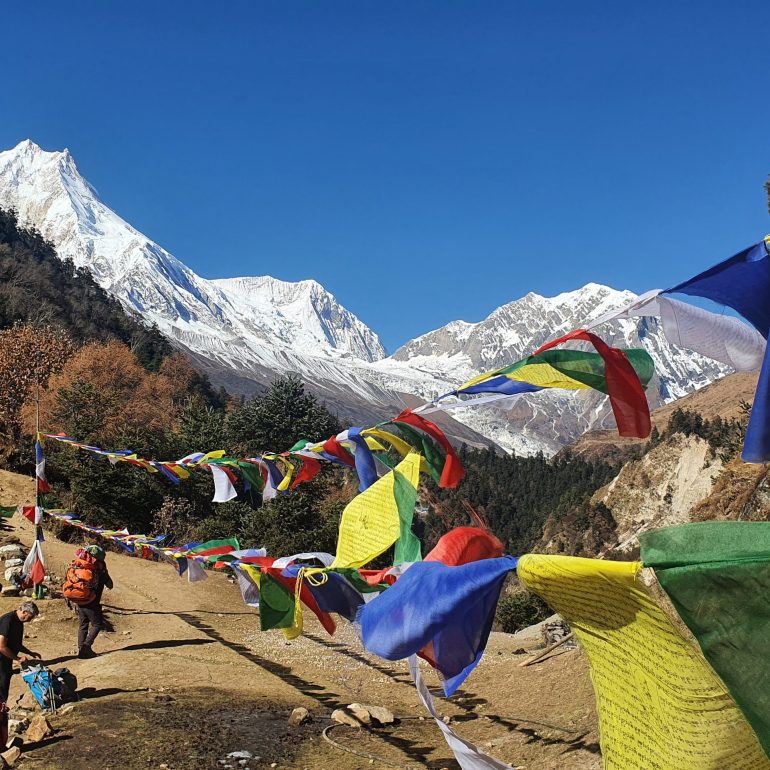
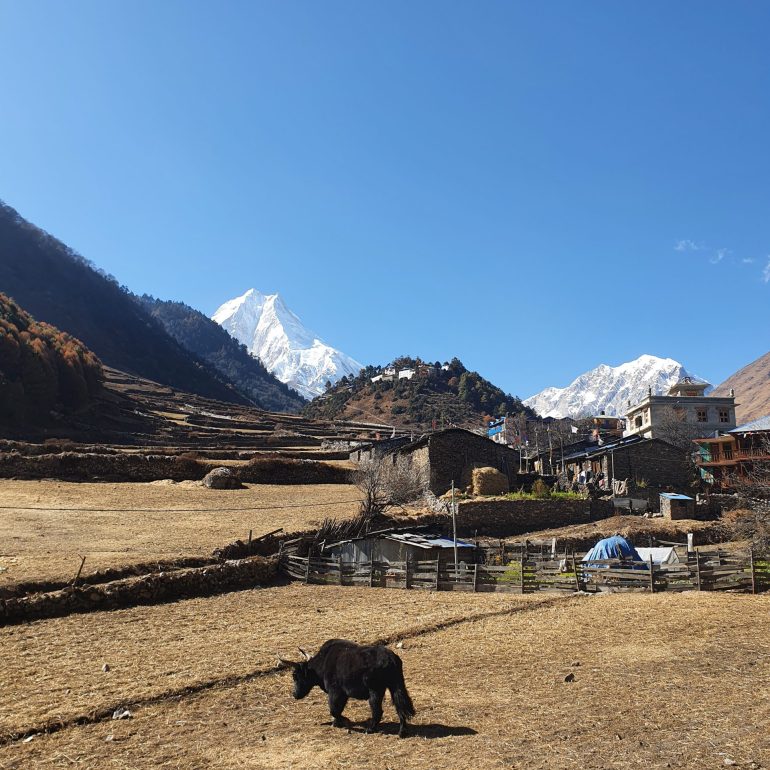

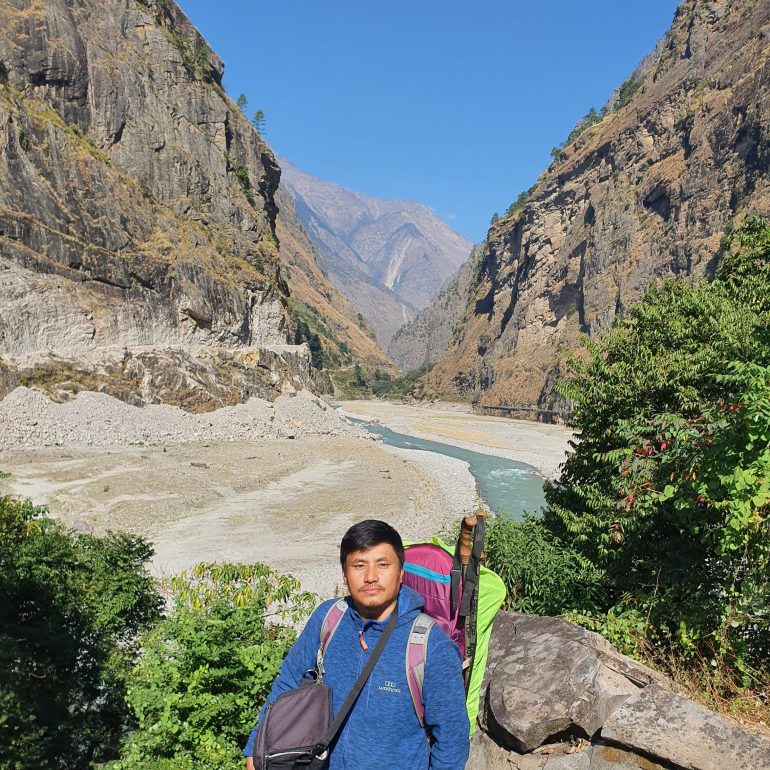
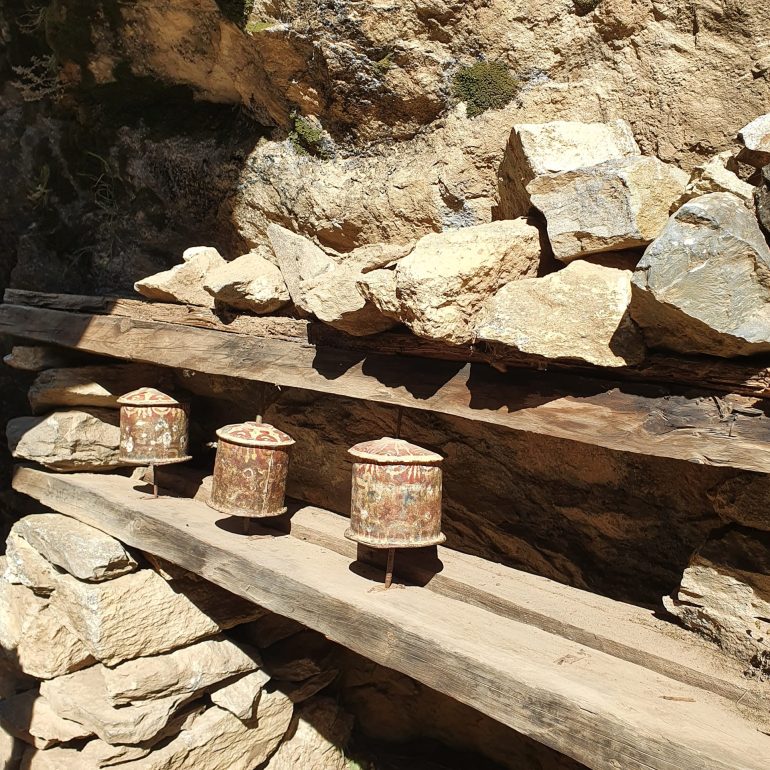

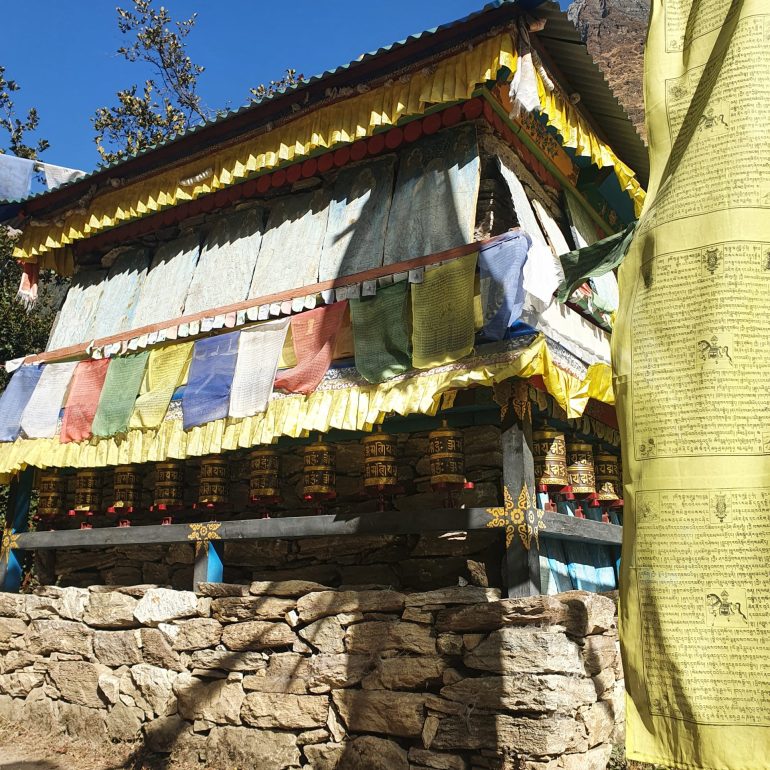
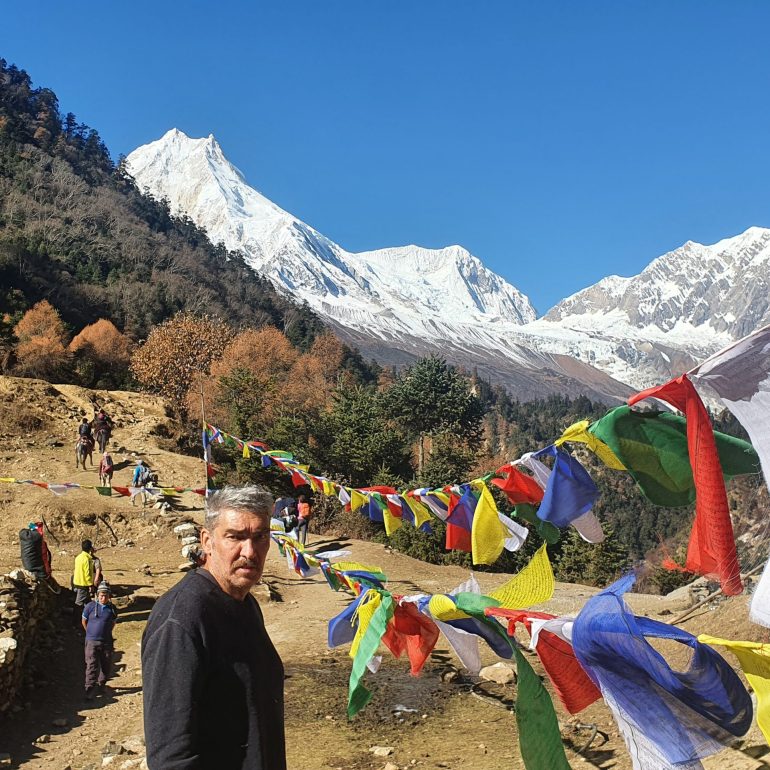
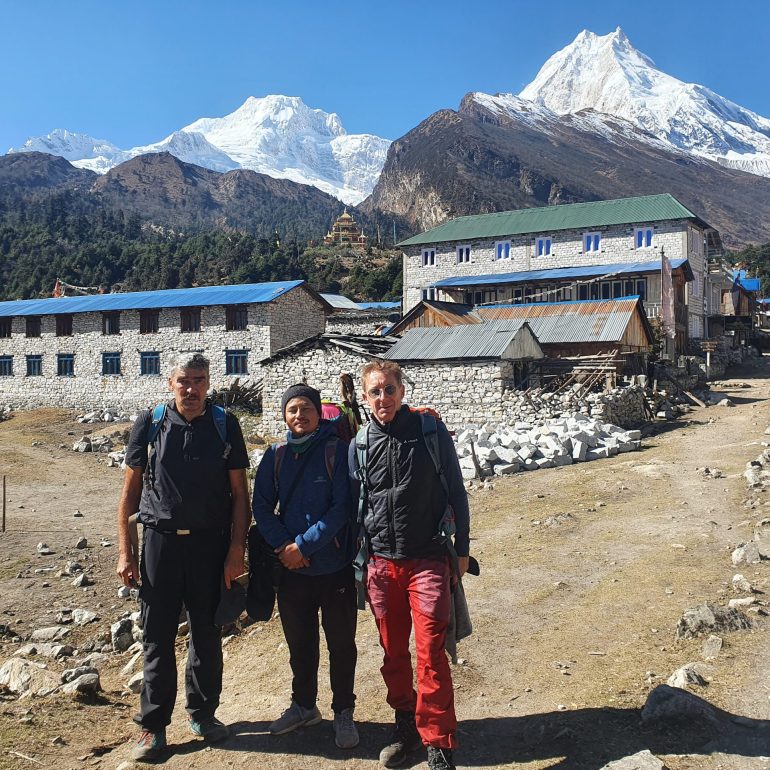
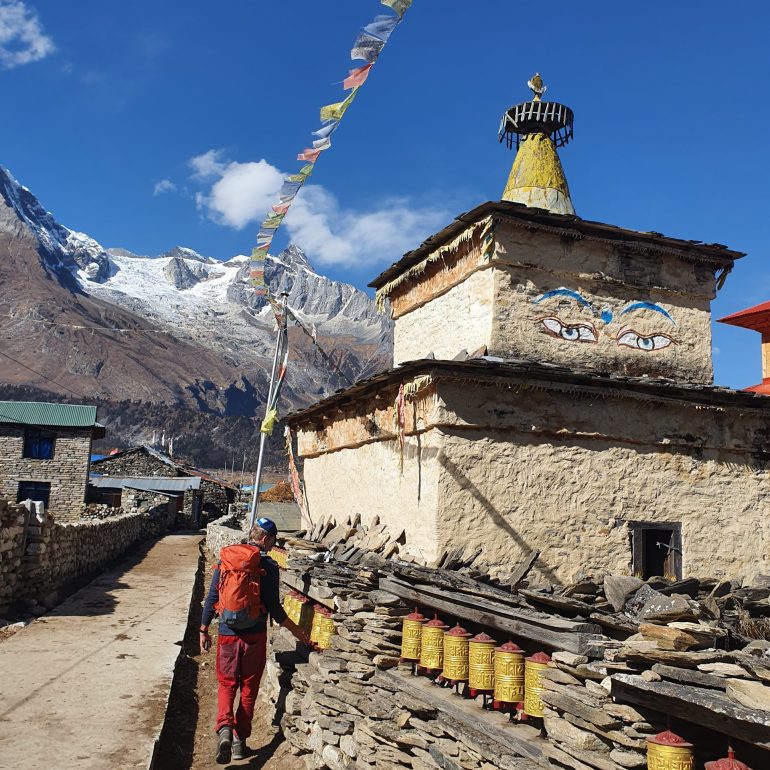

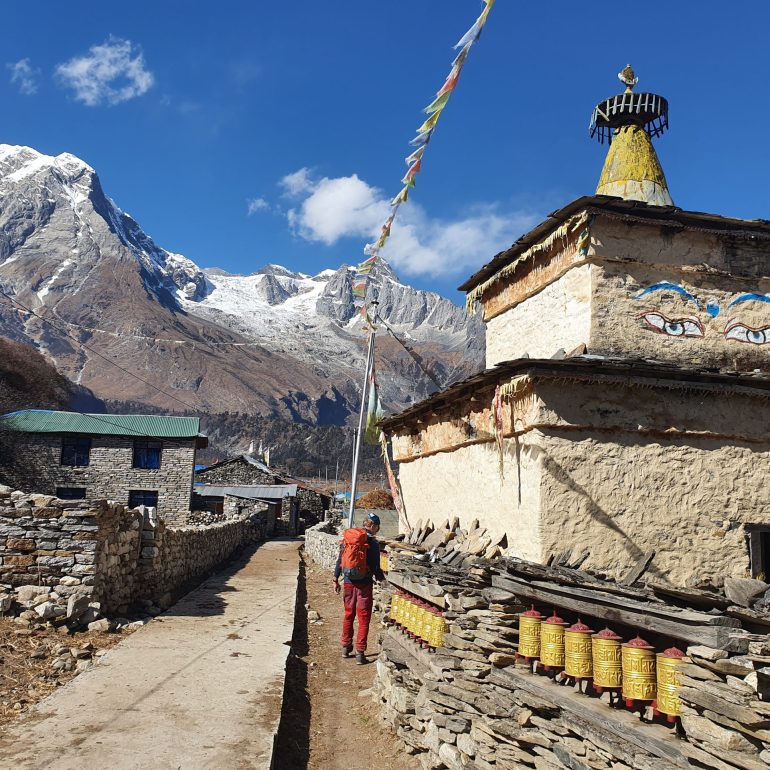
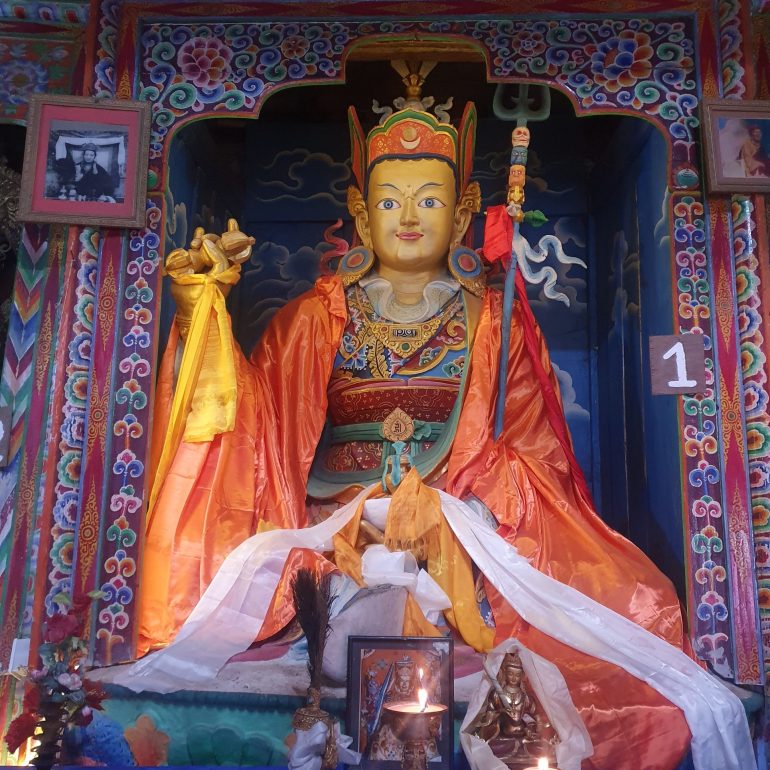
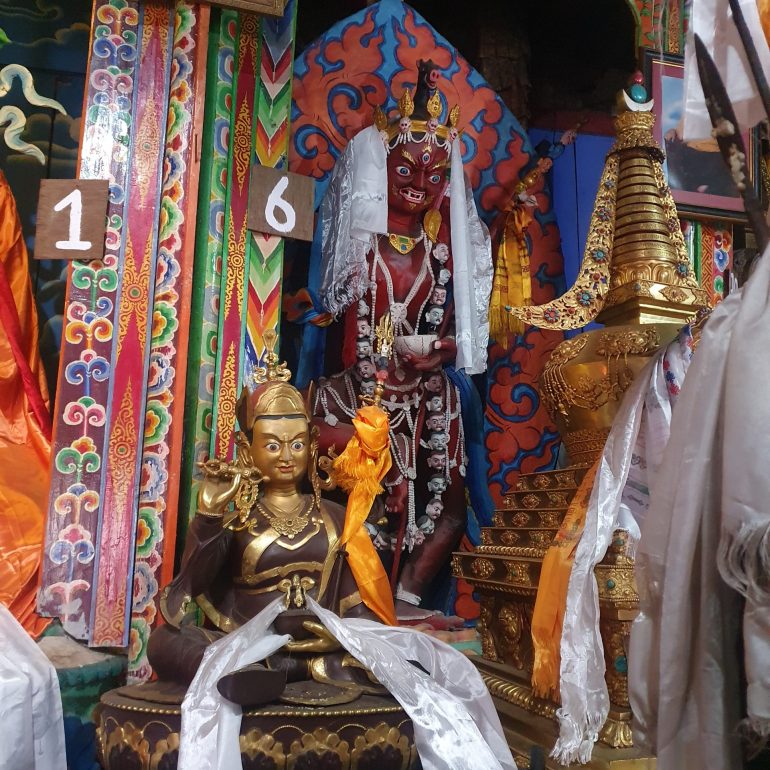

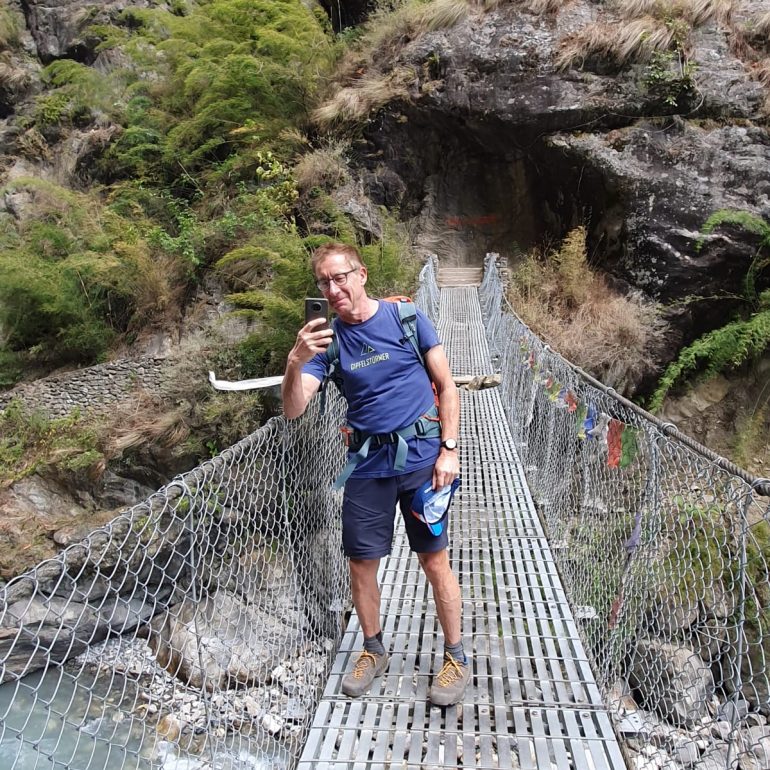
Day 1: Drive from Kathmandu to Machha Khola
Drive from Kathmandu to Machha Khola, passing through picturesque landscapes.
Day 2: Machha Khola to Jagat (1,400m)
Begin the trek along the Budhi Gandaki River, passing through villages and enjoying the river views.
Day 3: Jagat to Deng (1,800m)
Trek through bamboo and rhododendron forests, with views of the Shringi Himal.
Day 4: Deng to Namrung (2,630m)
Enter the Manaslu Conservation Area, enjoying views of Manaslu and Ganesh Himal.
Day 5: Namrung to Samagaon (3,530m)
Trek through alpine landscapes, passing by villages and enjoying views of Manaslu.
Day 6: Acclimatization Day in Samagaon
Rest day for acclimatization. Explore the local culture and take short hikes for acclimatization.
Day 7: Samagaon to Samdo (3,860m)
Continue ascending, crossing streams and enjoying panoramic mountain views.
Day 8: Acclimatization Day in Samdo
Another rest day for acclimatization. Optionally, take a day hike towards the Tibet border.
Day 9: Samdo to Dharamsala/Larkya Phedi (4,480m)
Ascend through the Larkya Bazaar, witnessing the dramatic landscapes.
Day 10: Dharamsala to Larkya La Pass (5,160m) to Bimthang (3,720m)
Cross the challenging Larkya La Pass, then descend to Bimthang with stunning mountain vistas.
Day 11: Bimthang to Tilije (2,300m)
Descend through rhododendron forests and picturesque villages.
Day 12: Tilije to Tal (1,700m)
Trek through terraced fields, crossing the Marsyangdi River, and reach the village of Tal.
Day 13: Tal to Syange
Trek to Syange, following the Marsyangdi River.
Day 14: Drive from Syange to Besisahar; Return to Kathmandu
Included
- Experienced Guide
- Porter Service
- Three Meals Daily According to Guest Preferences
- Three Daily Hot Drinks
- Seasonal Fruits
- All Necessary Equipment
- Covered Transportation Costs During the Program
- Airport Pick Up & Drop Off
- Accommodation Throughout the Trek
- Sightseeing at UNESCO World Heritage Sites
- Accommodation in Kathmandu (Tourist Standard Hotel/Star Hotel)
- First Aid Support
- Provision of Trekking Gear if Needed (Crampon, Ice-Axe, Rope, Oxygen Cylinder, Sleeping Bag, Hot Water Bag)
- Staff Insurance (Guide, Assistant Guide, Porter, Cook, Assistant Cook)
- Food and Accommodation for Field Staff
- Equipment for Staff
Not Included
- Tips For Nepali Field Staffs (In Nepal, tipping is a customary practice in tourism, and trekkers usually anticipate receiving tips from clients at the program’s conclusion. Typically, we suggest offering 10-15% in tips to the guide and other field staff.)\
- International Flight
- Travel Insurance & Visa Fees
- All Beverages
- Extra Expenses (Personal Shopping, Personal Transportation, Additional Activities not included in the program)
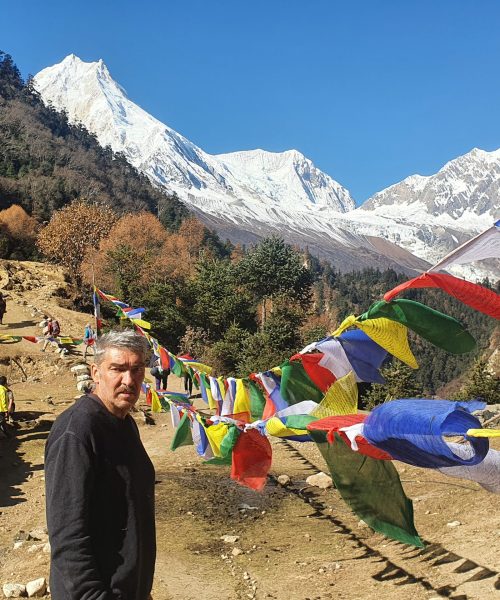
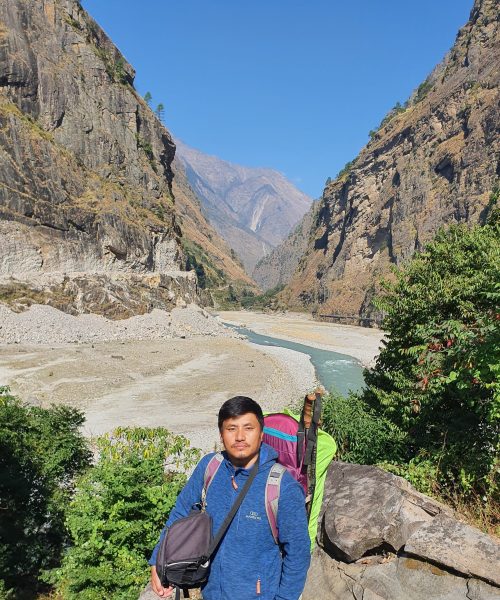
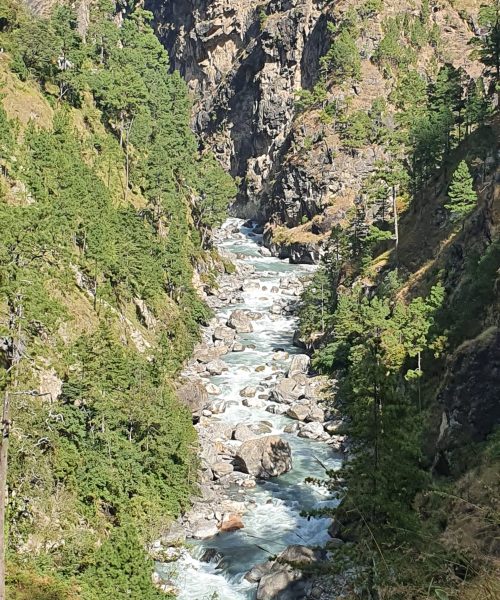

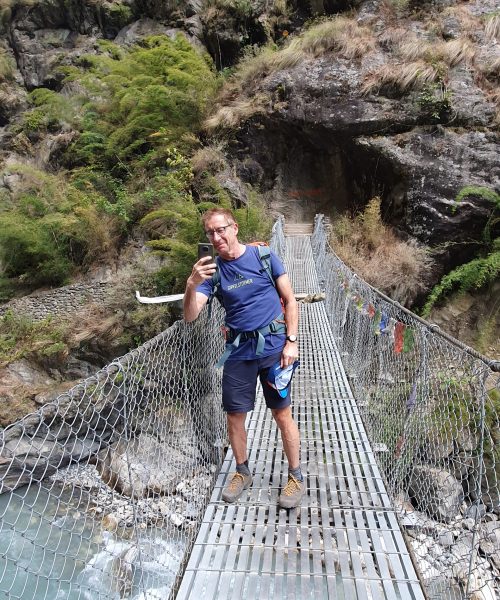
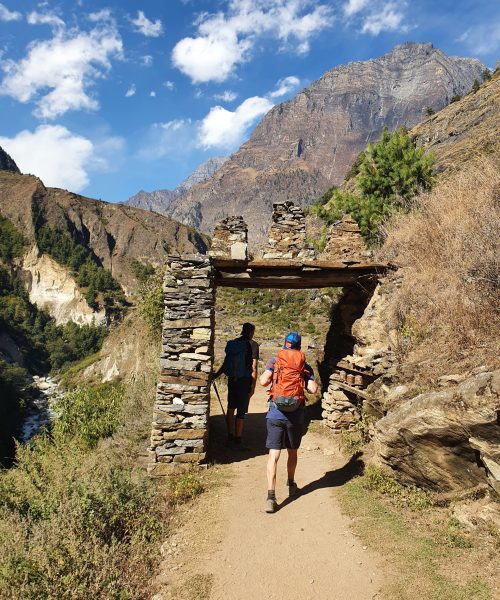


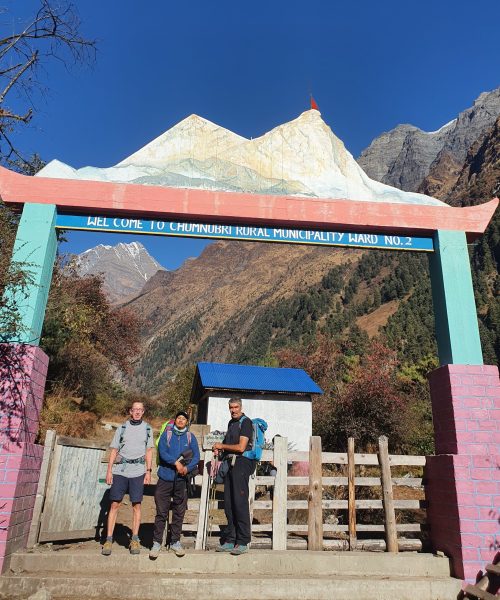
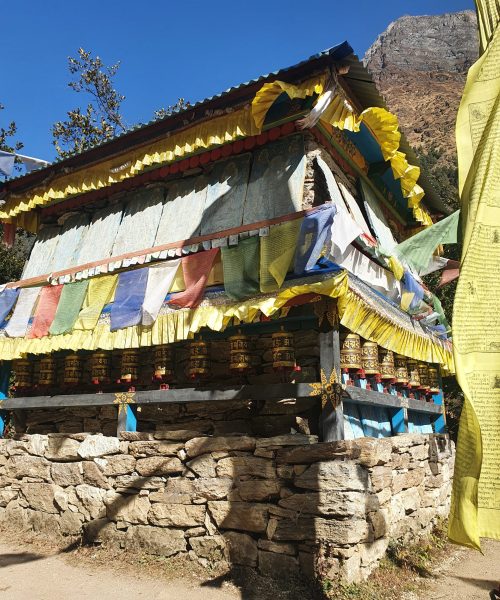
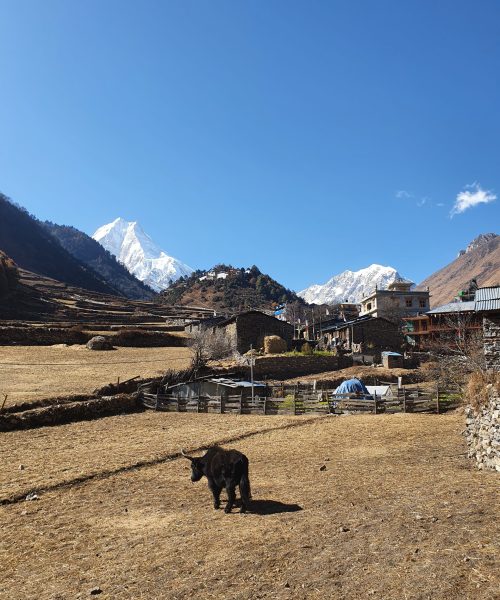
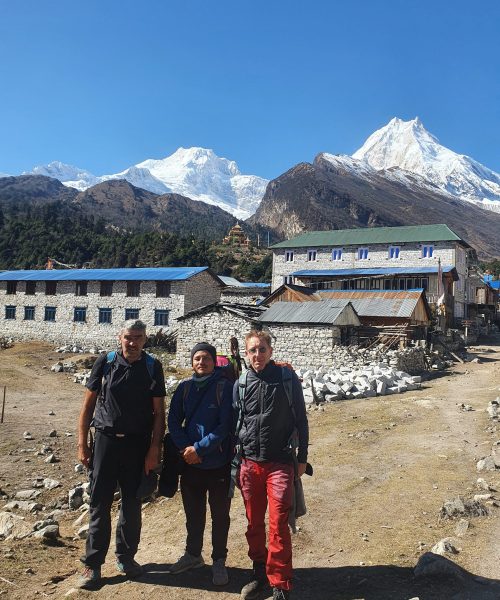

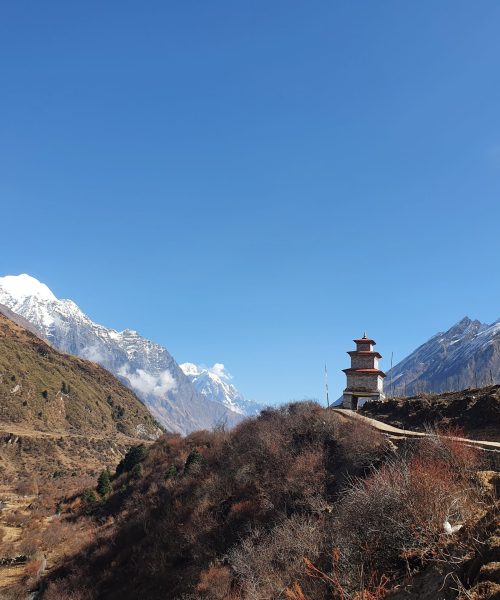
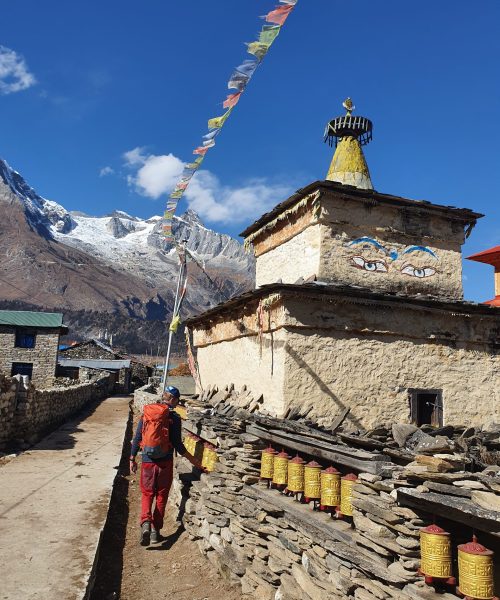
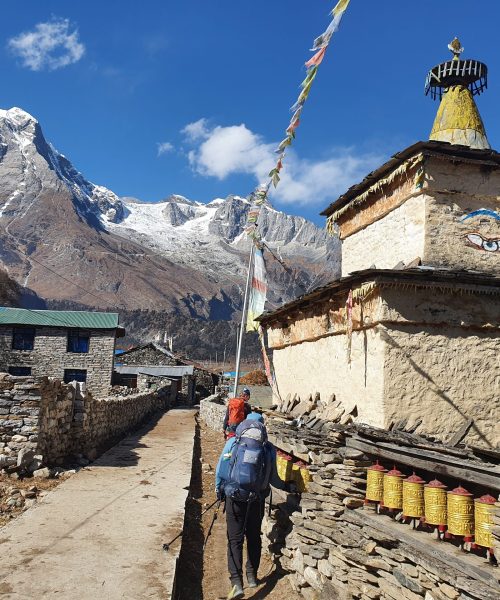

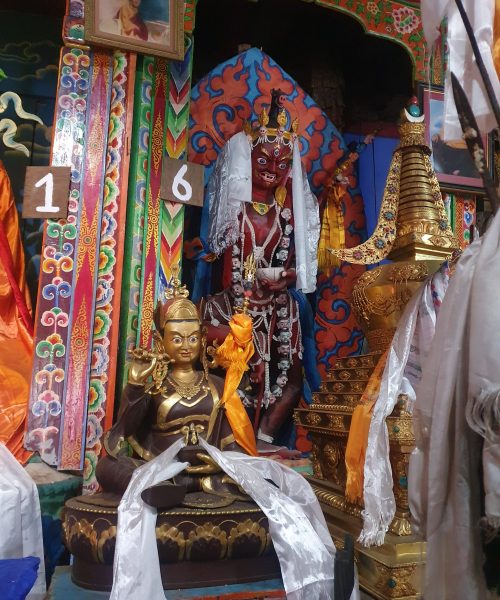
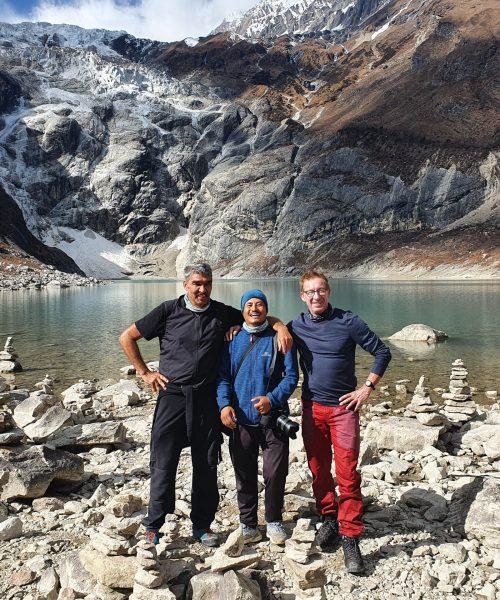
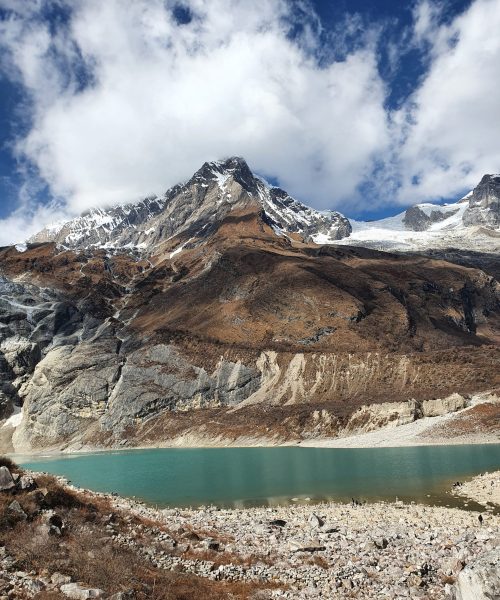
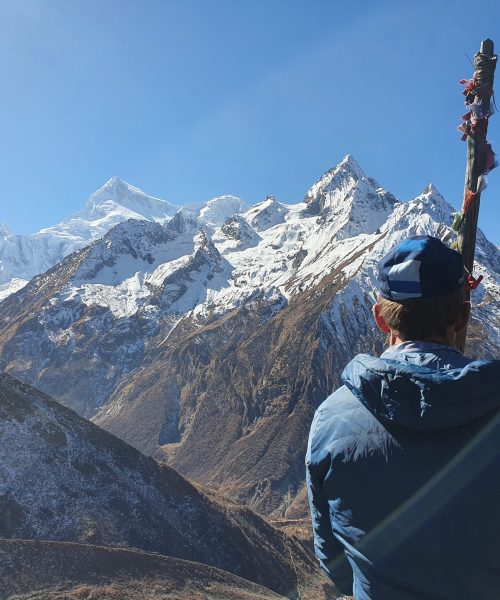
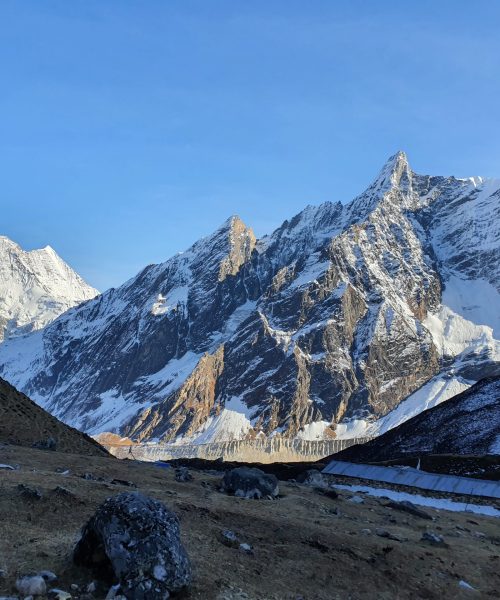
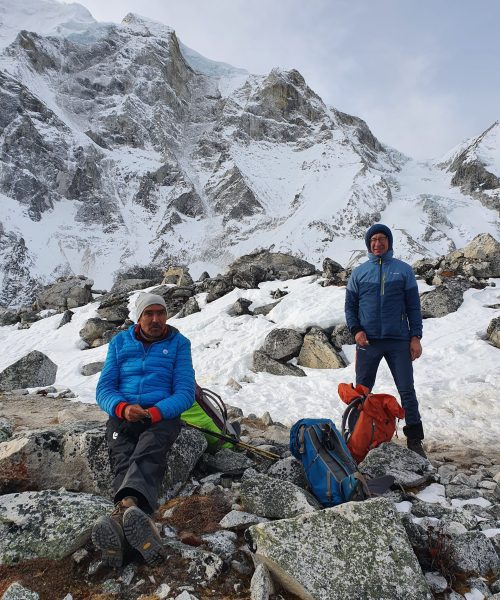

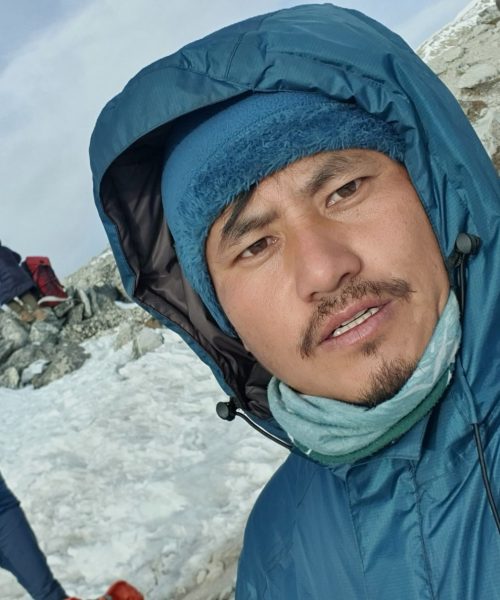

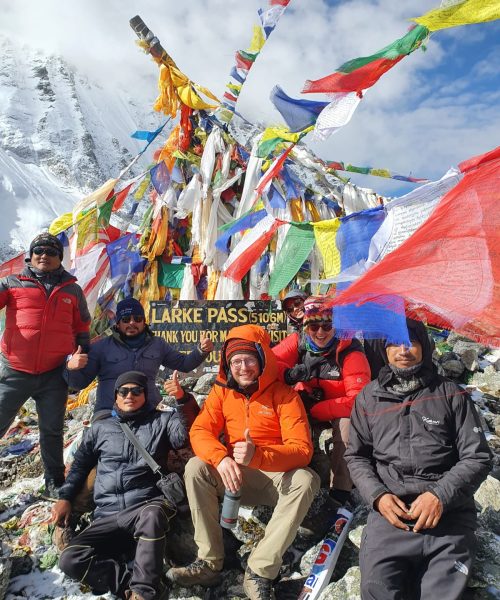
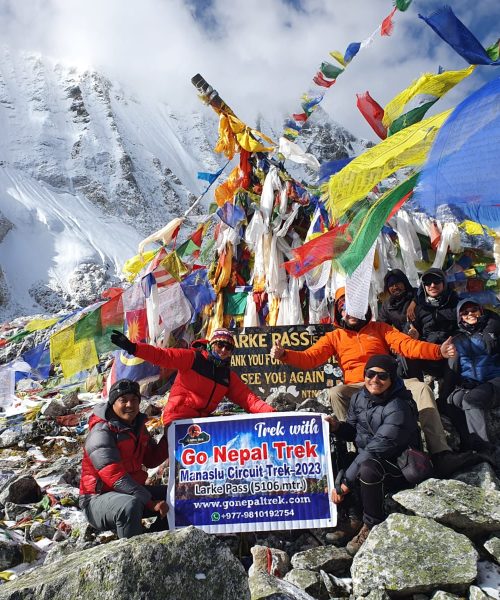
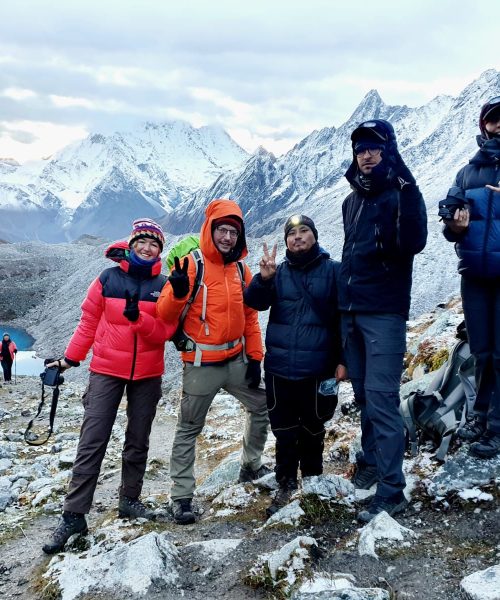
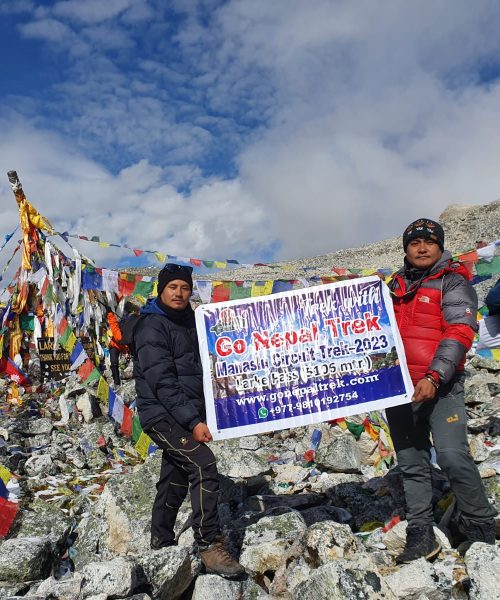
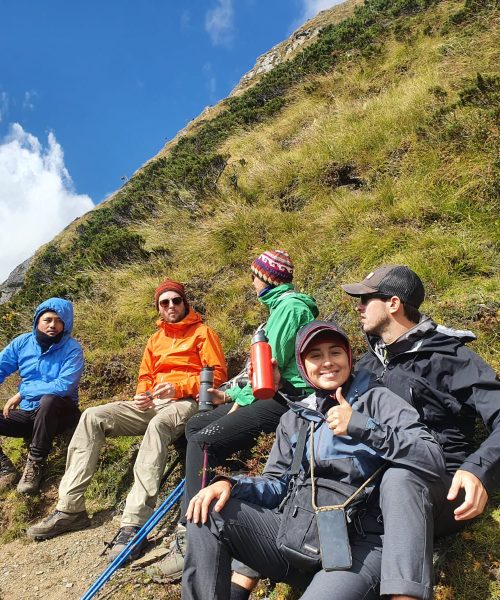
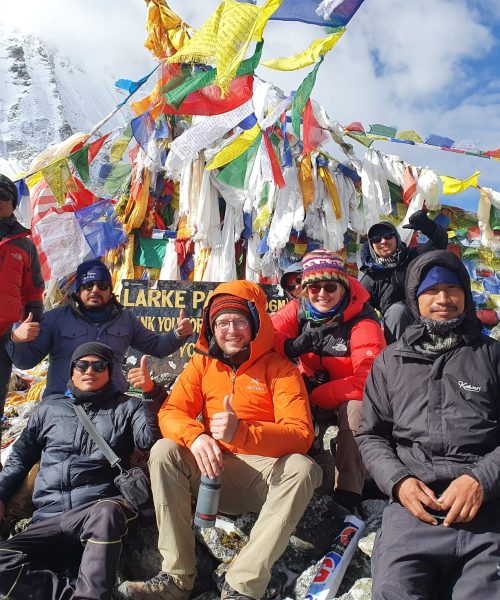
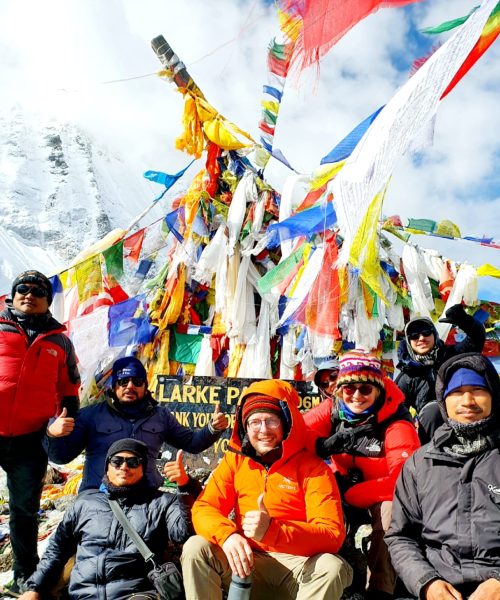
- Do I need a special permit for the Manaslu Circuit Trek?
Yes, a special permit is required for the Manaslu region due to its restricted area status. Additionally, trekkers must be accompanied by a licensed guide.
2. What is the best time to do the Manaslu Circuit Trek?
The best times are during the spring (March to May) and autumn (September to November) seasons when the weather is relatively stable, and visibility is good.
3. How difficult is the trek?
The Manaslu Circuit Trek is considered moderately challenging to strenuous. It involves high-altitude trekking, and trekkers should be prepared for the challenges associated with altitude sickness. The crossing of Larkya La Pass requires good physical fitness.
4. Are teahouses available along the trail?
Yes, teahouses and basic lodges are available along the Manaslu Circuit, providing accommodation and meals for trekkers. However, accommodations are more basic compared to popular trekking areas like the Everest or Annapurna regions.
5. Can I do the trek independently or do I need a guide?
The Manaslu Circuit requires a licensed guide, and independent trekking is not allowed. Additionally, trekkers need to be part of a group with at least two members.
6. Is it possible to do the trek in a shorter or longer duration?
Yes, it’s possible to customize the itinerary based on your preferences. Some trekkers may choose a longer itinerary for better acclimatization, while others may opt for a shorter version.
7. Are there ATM facilities along the trail?
ATM facilities are limited along the trail. It’s advisable to carry enough cash (Nepalese Rupees) from a major city like Kathmandu.
8. How is the acclimatization managed on the trek?
Acclimatization days are built into the itinerary, allowing trekkers to adjust to the increasing altitude. Rest days in Samagaon and Samdo provide opportunities to explore and aid in acclimatization.
9. What permits do I need for the trek?
You will need the Manaslu Restricted Area Permit, Manaslu Conservation Area Permit (MCAP), and Annapurna Conservation Area Permit (ACAP).
10. Is it possible to hire a porter for the trek?
Yes, hiring a porter is common and can be arranged in Kathmandu or at the starting point of the trek.
